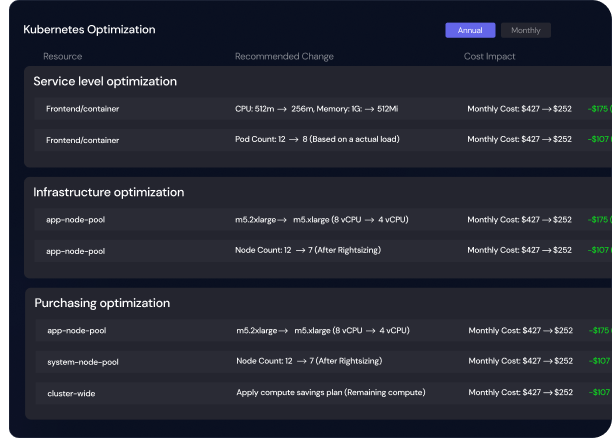SaaS >> Agents-as-a-Service (AaaS)
Paradigm shift:
From delivering “software-as-a-service” for people, to delivering “service-as-a-software” powered by AI Agents
The shift from SaaS to AaaS pushes SaaS companies to evolve from static software to AI-driven, autonomous agents, transforming their business models and user experiences. Users benefit from intelligent automation and proactive decision-making, reducing manual effort and enabling seamless, self-optimizing workflows.
Key Differences
From static software to autonomous agents – Agents execute tasks instead of users.
From manual workflows to AI-driven automation – Agents predict and act dynamically.
From dashboards to decision-making AI – Agents make real-time choices.
From single tools to multi-agent collaboration – Agents work across domains.
How AaaS Works
AI & ML-powered agents – Learn, adapt, and automate tasks.
Multi-cloud & edge execution – Agents run in distributed environments.
API & event-driven integration – Agents connect with SaaS tools.
Autonomous decision-making – Agents optimize workflows.
Human-in-the-loop (HITL) – Ensures quality control when needed.
Use Cases
AI DevOps Agents – Automate scaling, security, and self-healing.
Customer Support Agents – AI chatbots and automated issue resolution.
Sales & Marketing Agents – Lead scoring, outreach, and deal closing.
IT Operations Agents – Incident response, anomaly detection.
Data Orchestration Agents – Automate ETL, pipelines, and analytics.
Key Players
AIOps & IT Automation – Dynatrace, Datadog, ServiceNow AI agents.
Customer AI Agents – Intercom, Drift, Zendesk AI bots.
Sales & CRM AI – HubSpot AI, Salesforce Einstein GPT.
DevOps & Kubernetes Automation – CAST AI, Rafay, Google Duet AI, Amazon Q.




